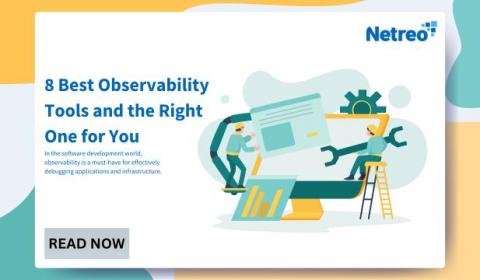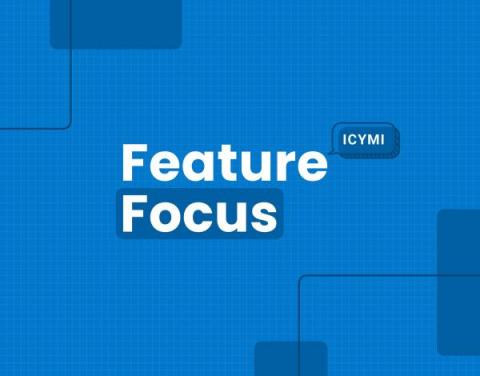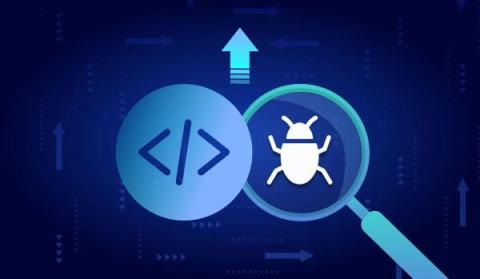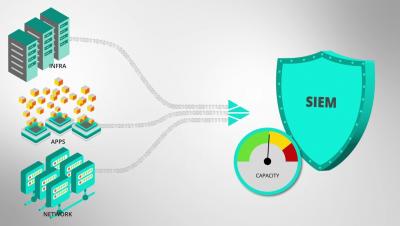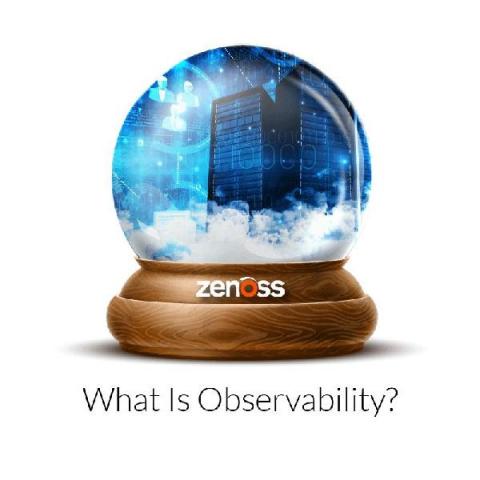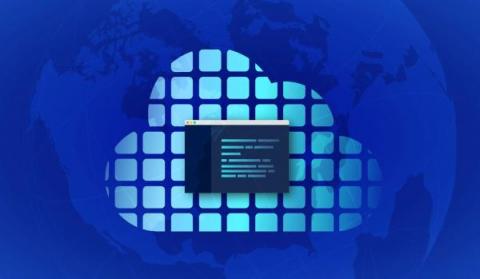8 Best Observability Tools and the Right One for You
For many of us in the software development world, observability tools are a must-have for effectively debugging applications and infrastructure. And doing the job right means selecting the right observability tool. Some might look for a fully featured enterprise solution, while others may simply search for the best open-source solution. But regardless of your approach, you have a number of considerations when selecting the right observability tool.


